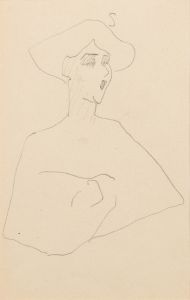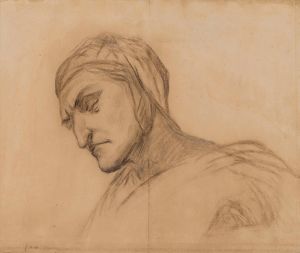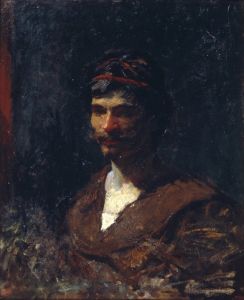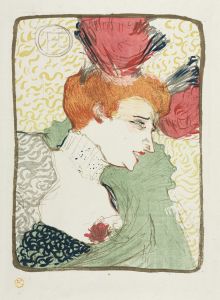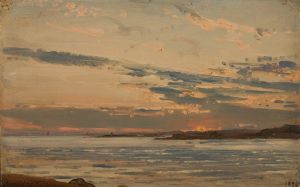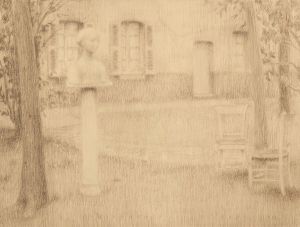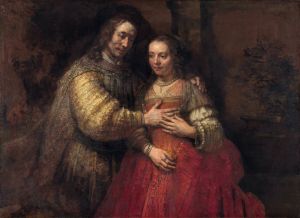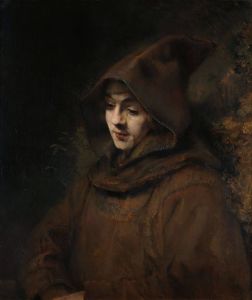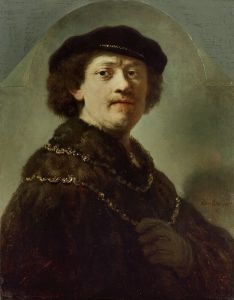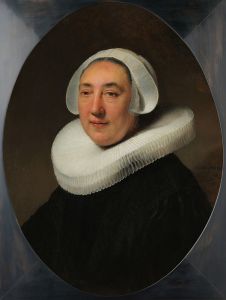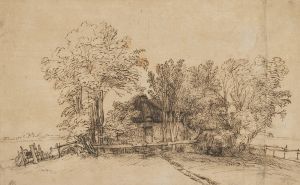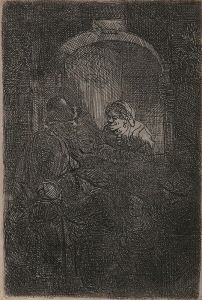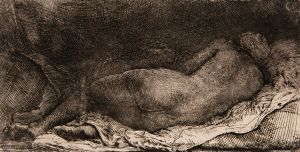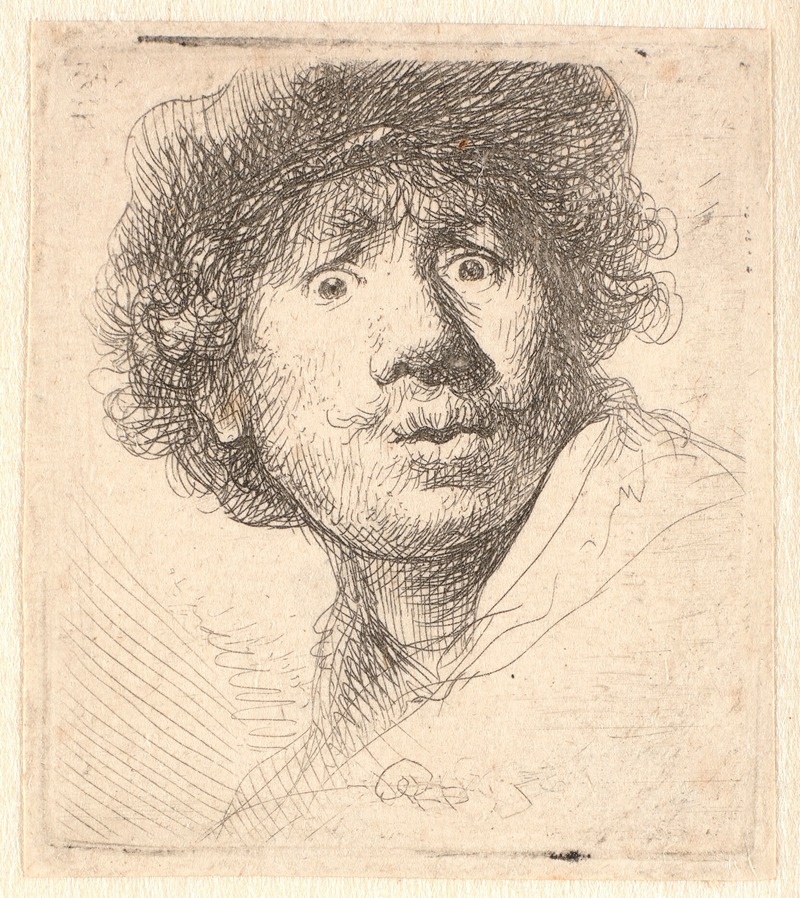
Rembrandt in a cap, open mouthed and staring; bust in outline
A hand-painted replica of Rembrandt van Rijn’s masterpiece Rembrandt in a cap, open mouthed and staring; bust in outline, meticulously crafted by professional artists to capture the true essence of the original. Each piece is created with museum-quality canvas and rare mineral pigments, carefully painted by experienced artists with delicate brushstrokes and rich, layered colors to perfectly recreate the texture of the original artwork. Unlike machine-printed reproductions, this hand-painted version brings the painting to life, infused with the artist’s emotions and skill in every stroke. Whether for personal collection or home decoration, it instantly elevates the artistic atmosphere of any space.
"Rembrandt in a Cap, Open Mouthed and Staring; Bust in Outline" is an etching by the renowned Dutch artist Rembrandt van Rijn. This work is part of Rembrandt's extensive series of self-portraits, which he created throughout his career, offering a profound insight into his life and artistic evolution. The etching is believed to have been created around 1630, during the early part of Rembrandt's career when he was still in his twenties.
Rembrandt's self-portraits are celebrated for their introspective quality and technical brilliance, and this etching is no exception. In this work, Rembrandt depicts himself wearing a cap, with his mouth open and eyes wide, creating an expression of surprise or curiosity. The etching is characterized by its use of bold lines and minimal detail, focusing primarily on the expression and outline of the face. This approach highlights Rembrandt's skill in capturing human emotion and expression with economy and precision.
The etching is executed in a bust format, meaning it shows only the head and shoulders of the subject. This format was commonly used by Rembrandt in his self-portraits, allowing him to focus on the facial expression and the play of light and shadow. The use of outline in this etching is particularly noteworthy, as it demonstrates Rembrandt's ability to convey depth and volume with minimal detail.
Rembrandt's self-portraits are often seen as a visual diary, documenting his changing appearance and emotional states over time. This particular etching is part of a series of studies where Rembrandt experimented with different facial expressions and poses. These studies were not only exercises in capturing likeness and emotion but also served as a means for Rembrandt to explore the possibilities of the etching medium.
Etching, a printmaking technique that involves incising a design onto a metal plate, was a medium in which Rembrandt excelled. His innovative use of etching techniques allowed him to achieve a wide range of tonal effects, from deep shadows to delicate highlights. In "Rembrandt in a Cap, Open Mouthed and Staring; Bust in Outline," the artist's mastery of the medium is evident in the way he uses line to suggest texture and form.
This etching is part of the collection of Rembrandt's self-portraits that have been studied extensively by art historians. These works provide valuable insights into Rembrandt's artistic process and his approach to self-representation. They also reflect the broader cultural and artistic trends of the Dutch Golden Age, a period marked by a flourishing of the arts and a keen interest in realism and humanism.
Today, Rembrandt's etchings, including "Rembrandt in a Cap, Open Mouthed and Staring; Bust in Outline," are held in high esteem and are part of the collections of major museums around the world. They continue to be studied and admired for their technical skill, emotional depth, and the unique window they offer into the mind of one of history's greatest artists.





